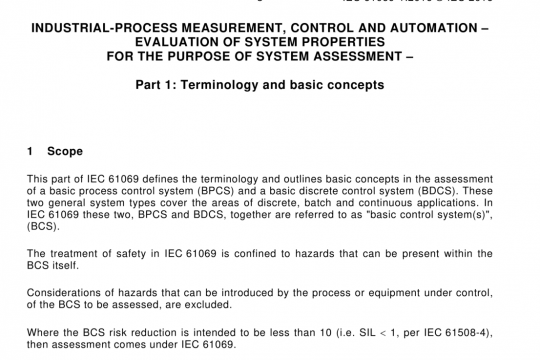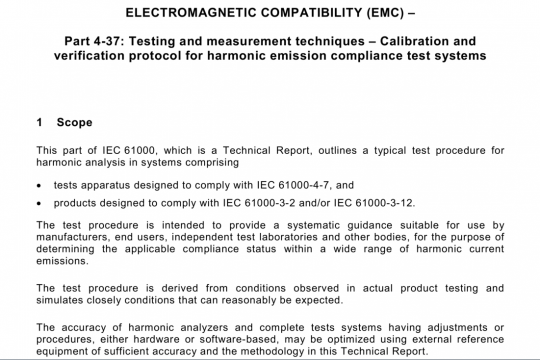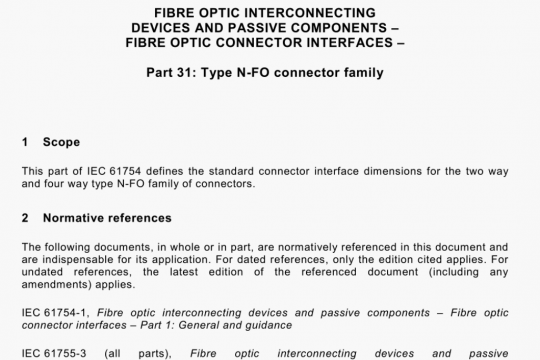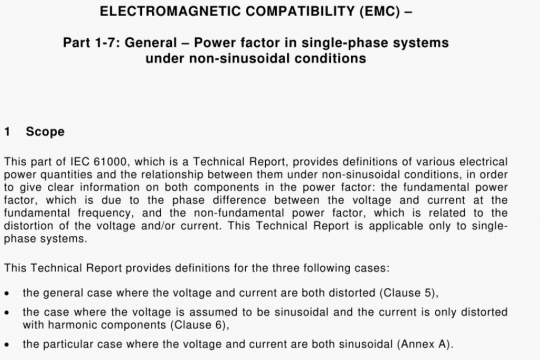IEC 60749-13 pdf free download
IEC 60749-13 pdf free download.Semiconductor devices – Mechanical and climatic test methods – Part 13: Salt atmosphere.
5 Procedure
5.1 Conditioning and maintenance of test chamber
The purpose of the cleaning cycle is to assure that all materials which could adversely affect the results of the subsequent tests are removed from the chamber. The chamber shall be cleaned by operating it at 35 °C ± 3 °C with deionized or distilled water as long as necessary. The chamber shall be cleaned each time the salt solution in the reservoir has been used up. Several test runs therefore could be run before cleaning, depending on the size of the reservoir and the specified test condition (see 5.5). When long duration conditions (test conditions C and D, see 5.5) are required, the reservoir may be refilled via auxiliary reservoirs so that the test cycle does not need to be interrupted. After the cleaning cycle, on restarting the chamber, the reservoir shall be filled with salt solution and the chamber shall be stabilized by operating it until the temperature comes to equilibrium, see 5.4. If operation of the chamber is discontinued for more than one week, the remaining salt solution, if any, shall be discarded. Cleaning shall then be performed prior to restarting the test chamber. Intermittent operation of the chamber is acceptable provided the pH and concentration of the salt solution are kept within the limits defined in item b) of Clause 4.
5.2 Initial preconditioning of leads
Unless otherwise specified, the test specimens shall not be preconditioned. When initial conditioning is specified, the device terminals shall be subjected to a stress in accordance with test condition B of the method specified in IEC 60749-14 before the specimens are mounted for the salt atmosphere test. When the sample devices being subjected to the salt atmosphere have already received the required initial conditioning, as part of another test employing the same sample devices, the terminal bend need not be repeated.
5.3 Mounting of test specimens
Test specimens shall be positioned so that they do not contact each other, so that they do not shield each other from the freely settling fog, and so that corrosion products and condensate from one specimen does not fall on another.
In cases where two orientations are required for testing, the specified sample size shall be divided in half (or as close to one-half as possible). In all cases, inspections following the test in accordance with 5.7 shall be performed on all package surfaces.
Precautions shall be used to prevent light induced photovoltaic electrolytic effects when testing windowed UV erasable devices.
The test specimens shall be mounted on the holding fixtures (plexiglass rods, nylon or fiberglass screens, nylon cords, etc.) in accordance with the applicable orientation(s) below.
a) Dual-in-line packages with leads attached to, or exiting from, package sides (such as side-brazed packages and ceramic dual-in-line packages): lid upwards 15° to 45° from vertical. One of the package sides on which the leads are located shall be oriented upwards at an angle greater than or equal to 15° from vertical (see Figure 1).
b) Packages with leads attached to, or exiting from the opposite side of the lid (such as TO cans, solid sidewall packages, and metal platform packages): lid 15° to 45° from vertical. One-half of the samples shall be tested with the lid upwards; the remaining samples shall be tested with the leads upwards (see Figure 2). For packages with leads attached to, or exiting from the same side as the lid, only one orientation (lid and leads upwards) is required.IEC 60749-13 pdf download.




